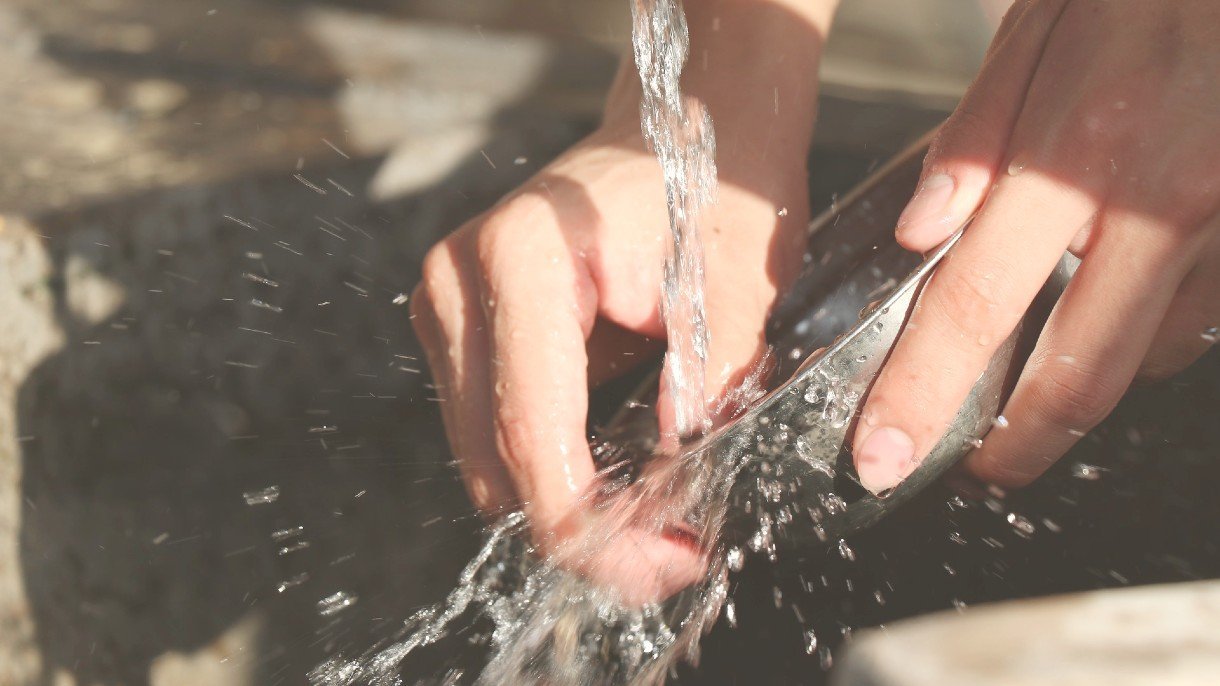Washing Dishes vs Using Paper Plates: Which Is More Eco-Friendly?

Every small step towards sustainable living counts for something. By reviewing common household items and how eco-friendly they are you can make a real difference. Plates are used between two to three times a day on average in every household.
Debates over how to be more environmentally friendly with plates have been ongoing for some years, especially in debating how to wash dishes. More recently the debates have questioned whether disposable plates, like paper plates, are more eco-friendly than reusable plates, especially ceramics.
Is it better to use paper plates or wash dishes?
There are a number of key factors to consider when comparing how environmentally friendly paper plates are against washing dishes:
● Carbon footprint of manufacturing, packaging, and transportation.
● Washing method (dishwasher or handwashing).
● Cost.
● Storage and disposal.
Every product has a carbon footprint when it comes to manufacturing, though paper plates (especially unbleached) have less of an environmental impact than ceramic plates.
To compare them properly, you would have to examine how many uses you get out of the ceramic plate against how many disposable plates you would need. If the disposable plates are sustainably sourced, Input Fort Wayne suggests a plate needs to be used around 50 times.
A case study by oureverydaylife provides a scenario to help work out if paper plates are best for your household.
A family of four can purchase a plate set for $25 and use the same plates for three meals a day. However, water and electricity usage also has to be calculated. With paper plates, a set of 1000 purchased for $30 will last 250 meals, and more will need to be bought after 83 days (roughly three months). Unless water and electricity prices are very high, it’s much more cost-effective to wash dishes.
Even if disposable plates seem more cost-effective, you then have to consider how you will store them safely so that they aren’t contaminated with germs or in danger of degrading – if stored near heat or moisture, they might have time to degrade.
The method of washing dishes is also an important factor, as washing by hand consumes more water than energy-efficient dishwashers. Old dishwashers however use more energy and water.
What is the most eco-friendly way to wash dishes?
Whether you’re hand washing or using a dishwasher, it’s important to make sure that you’re being as energy-efficient as possible and use only as much water as you need.
When washing by hand, you should only use as much water as you need. Filling up your sink or bowl too much contributes to wasteful water consumption. You should also make sure you’re buying eco-friendly dish soap – the bigger bottle you buy, the less packaging is used.
If you use a dishwasher, you need to make sure that you do full loads to make every wash worth it. The more efficiently you wash your dishes, the more eco-friendly you are.
Here are my tips for using your dishwasher more efficiently:
● Only put in full loads.
● Scrap plates instead of rinsing – if you have to rinse, only use cold water.
● Short cycles unless the load is exceptionally dirty.
● Air-dry settings use less energy than heat-dry settings.
● Don’t buy a compact dishwasher – you’ll use it more frequently.
● Buy dishwasher-safe tableware and stay away from plastics.
● Bulk-buy eco-friendly dishwasher detergents to reduce packaging.
● Use less tableware by reusing cups and reducing utensil swapping.
● Run your dishwasher outside of peak hours.
Eco-friendly tableware
Paper plates aren’t always the most eco-friendly. If plastic-coated, these paper plates can never be recycled, even if you don’t eat off of them. Similarly, paper plates you’ve eaten on can only be composted, not recycled, because the food contaminates them.
There are several types of eco-friendly tableware, such as plates made from bamboo or palm leaves. Made from natural ingredients, these are a great alternative to ceramics, which uses many chemicals during manufacturing.
Palm leaf plates are one of the most popular options for people trying to reduce their carbon footprint. They can be single-use alternatives or reusable. While they can’t be recycled, they can be composted as they’re made from fallen palm leaves and are formed with no chemicals.
Another reusable alternative is bamboo tableware. Bamboo is one of the most renewable materials and its versatility makes it perfect for many eco-friendly products.
